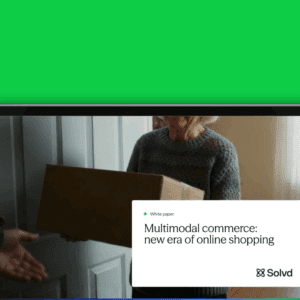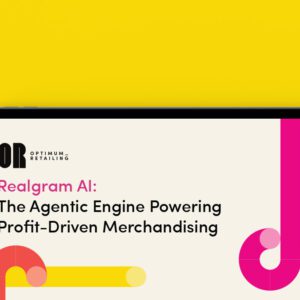By Rob Howard, Grand Junction

Forget Postmates delivering restaurant food within an hour; imagine receiving an online Staples order in 15 minutes. Believe it or not, that on-demand service level once existed in major cities across the U.S., Europe, and Asia. It was called “B15”: Bike messenger delivery in 15 minutes.
In the days before email, a significant portion of the local courier industry’s volume was on-demand business-to-business (B2B) delivery of documents, contracts and checks. Competition among couriers was fierce, and delivery rates were driven so low that service levels became the way to protect margins and cultivate loyalty. Couriers started analyzing use patterns and staging people with specialized responsibilities at key locations. A pickup person would wait for a radio call that a business’s package was ready. A delivery person would also hear the call, arrange a rendezvous with the pickup person, then pedal straight to the recipient’s building. A similar approach is employed today by companies whose service includes extremely fast on-demand delivery, for example Sprig (meals within 15 minutes) and eBay (who, until they shut this service level down in July, delivered from retailers within an hour).
B15 is long gone, but growth in e-Commerce and in consumers’ “want it now” expectations have once again begun to diversify the on-demand offerings available. In San Francisco alone, there are dozens of startups that offer on-demand delivery of everything from furniture to alcohol. In the last six months, Apple and Starbucks have signed with Postmates, and Uber is set to launch on-demand delivery for high-end retailers. Is this just another bubble, or are we truly experiencing an on-demand resurgence?
I believe we’re at the beginning of a growth in the market for all kinds of fast delivery. Amazon sets consumers’ expectations when it comes to e-Commerce, and they recently expanded their on-demand service to nearly 10 markets. But more interesting, and most likely more massively successful, will be their new AM/PM service (i.e., order by noon, get it by 9 p.m.) in 14 markets. Comparatively speaking, on-demand volume will always remain the least used of the same-day service levels; AM/PM will be the dominant one, and retailers that want to be relevant in e-Commerce will end up offering it. Consumers rarely need on-demand delivery. Grainger learned decades ago that most of their business customers were just as happy with easier and cheaper AM/PM.
Retailers are also incentivized to promote AM/PM: the fulfillment process is more efficient since it’s less urgent and can utilize existing in-store personnel; delivery rates are far lower; and service failures (missing the promised delivery window) are rare, translating into happier customers and fewer concessions, such as credit or discounts, to maintain loyalty. Failures in on-demand are quite high, which eBay quickly found out even after investing more than an estimated $100 million in that aspect of their business; they changed their message from “within an hour” to “about an hour” as they expanded.
Aside from consumers, couriers, whom Amazon — perhaps precisely following Grainger’s playbook — uses today to perform both service levels, will be biggest beneficiaries from the growth in the market for fast delivery. They are also retailers’ only choice when looking to offer AM/PM service since they have the necessary infrastructure and operations today (i.e., using different drivers for pickup and delivery, facility to sort packages into dense routes for, driver IDs, etc.) unlike Postmates, Uber and the other on-demand providers.
Will competition again give rise to B15? It could happen in dense urban areas and neighborhoods near shopping malls where the density and distance equation matches up. And with the prevalence smartphones, use of retail stores as pick-up points and growing same-day delivery volume, it is more likely than you think.
Rob Howard founded Grand Junction to reinvent the local delivery industry through technology. He has a 15-year track record of driving innovation and leading both start-ups and nonprofits to success. Prior to GrandJunction, he was the founder and CEO of Ensenda, which he grew to become the country’s largest third-party logistics (3PL) provider focused on local delivery before he sold it to Transforce (TSE:TFI). He is a past board member of Habitat for Humanity Greater San Francisco and of the Customized Logistics and Delivery Association. He holds a bachelor’s degree in engineering from Virginia Tech and an MBA from Yale University.






